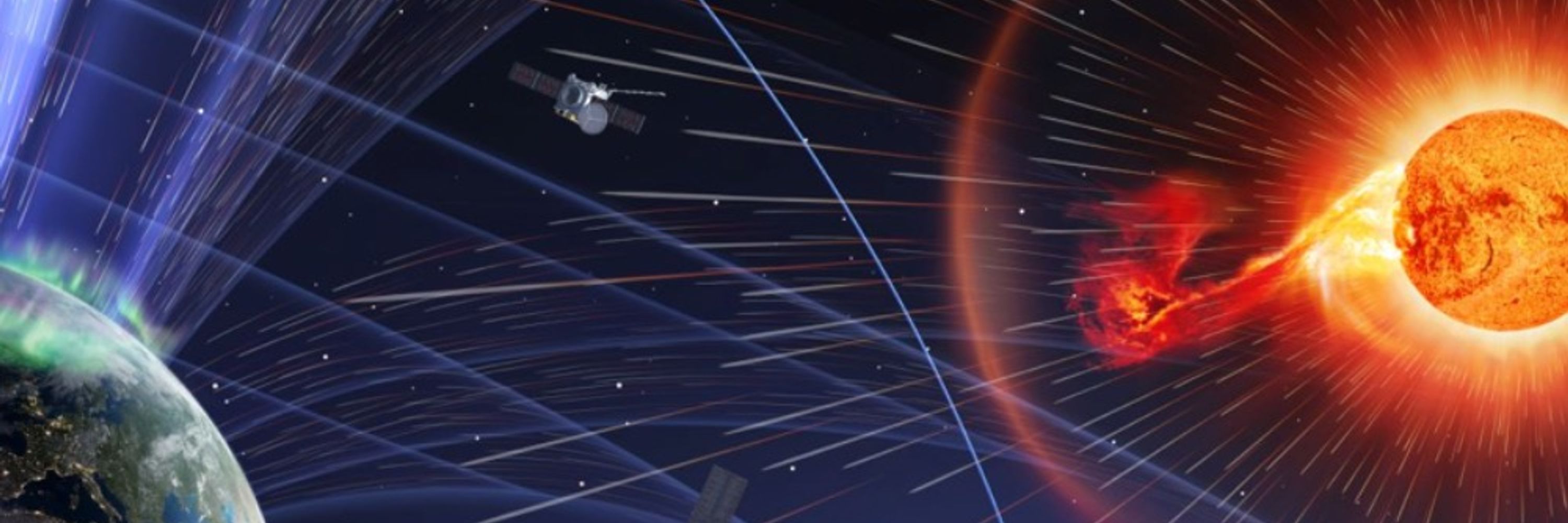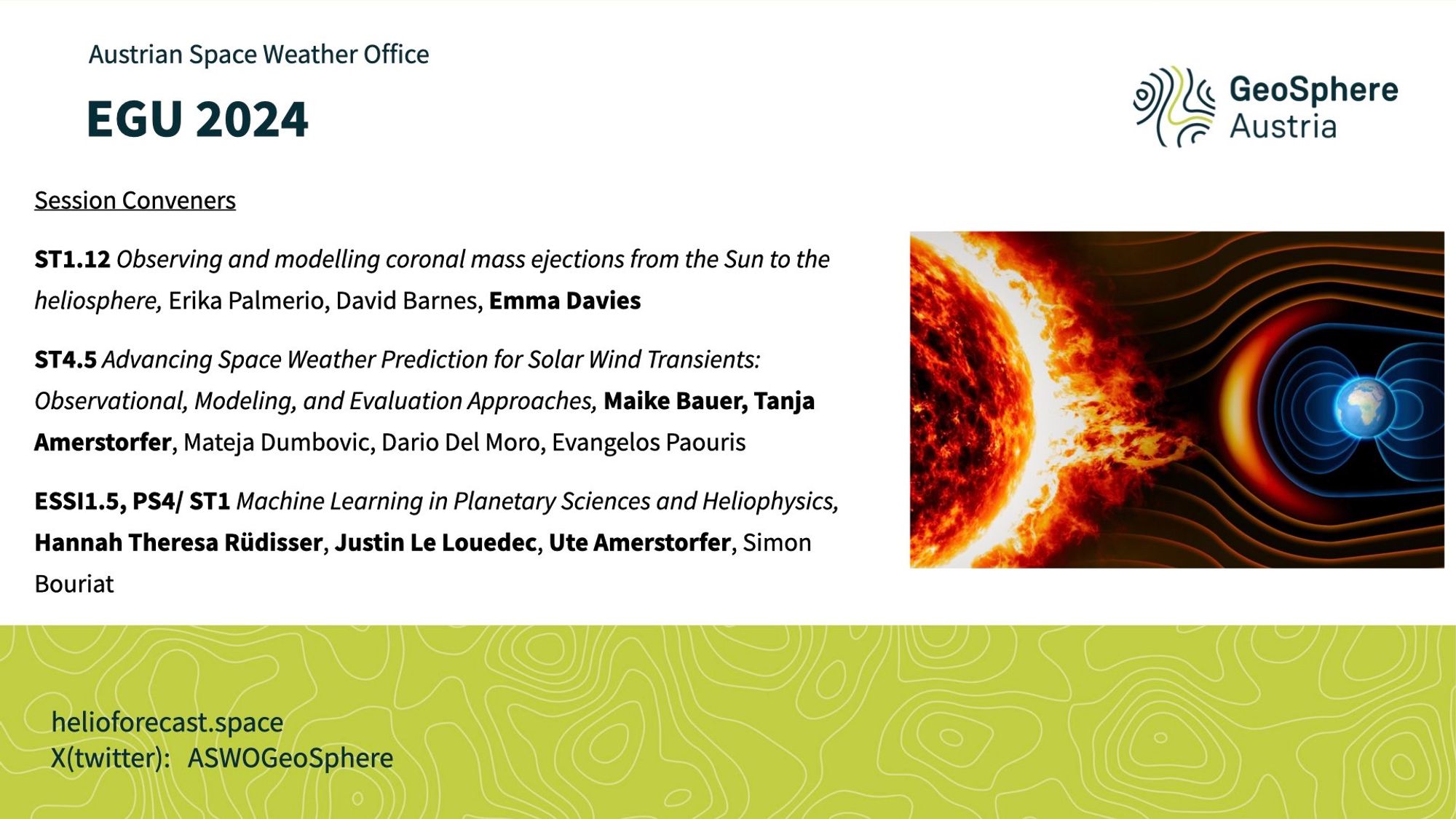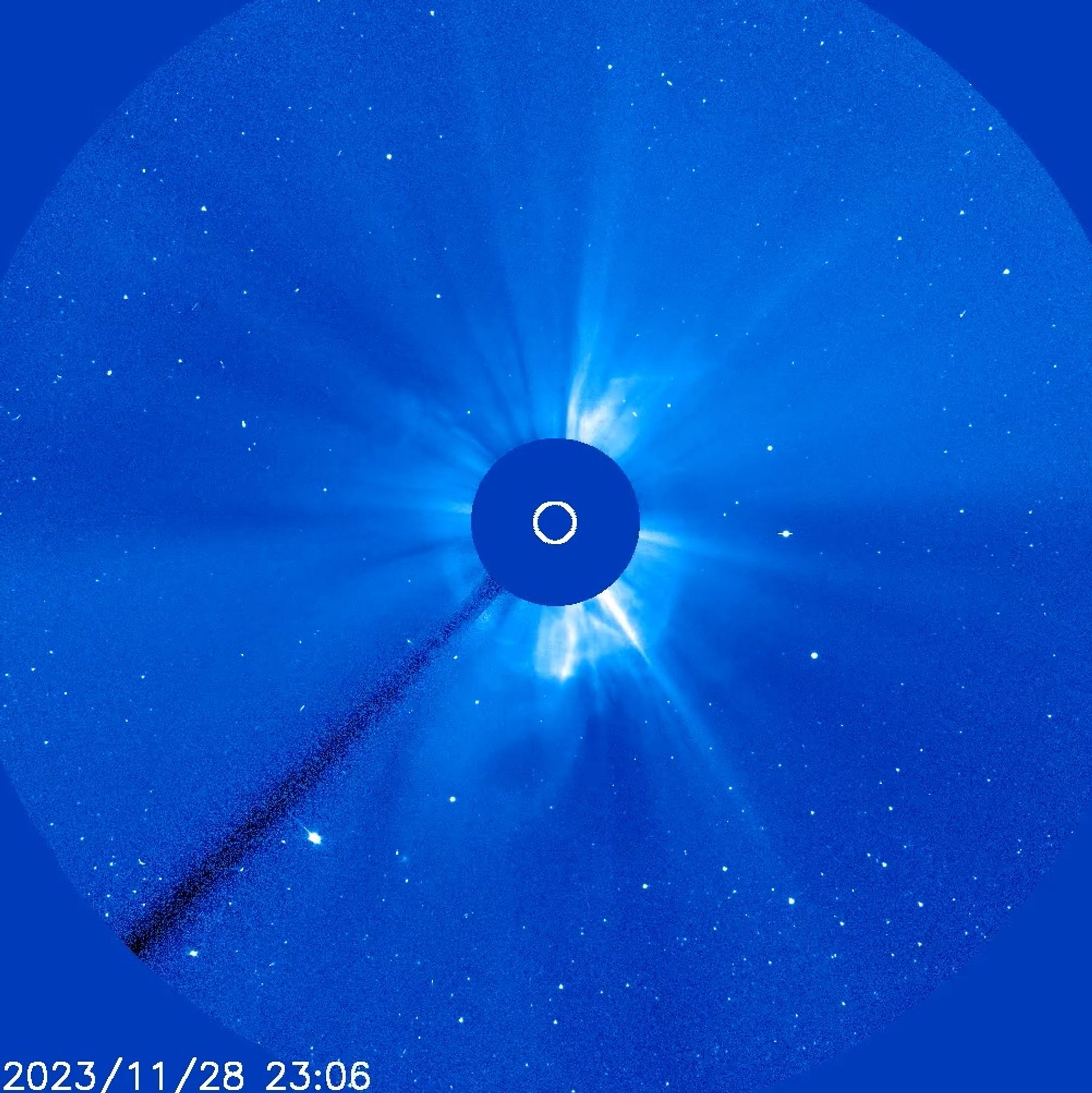
Northern Lights from the Stratosphere - ©Ralf Rohner - PhotoHD PhotoAbout NASA Astronomy Picture Of the Day#apod#science#astronomy#astrophotos#🔭@shinyakato.dev 🧵 READ MORE 🧵

Our team at the Austrian Space Weather Office will be at the @eurogeosciences.bsky.social#solarstorms and AI applications. Abstracts are due January 10 💀

And of course the STEREO-A spacecraft could give us hints too on the structures that we will see and their geoeffective potential. Earth is neatly "wrapped" at 6° west by STEREO-A and 10° east by Solar Orbiter for this event.
Eva Weiler from our Austrian Space Weather Office at the GeoSphere Austria has made a forecast with the ELEvo model of an arrival time Fr Dec 1 07:33Z (-14.3h, +14.3h).
If it has decelerated from its initial speed of roughly 800 km/s, it should take (very roughly) around half a day from Solar Orbiter to Earth. So far though we don't understand well how the magnetic fields at this distance from Earth are correlated with Earth observations!
The magnetic field instrument on @ESASolarOrbiter @SolarOrbiterMAG may measure this storm and tell us if it has southward pointing magnetic fields, at 10° east of Earth and 0.84 AU. This may help in forecasting whether this storm is capable to produce #aurora at low latitudes.

As most #spaceweather#solarstorm incoming, erupting on late Tue Nov 28, visible as a halo around the Sun in this @MissionSoho LASCO image. There is a wide spread in predicted Earth arrivals from early to late Fr Dec 1.

More ERC grants for Graz, congrats!
This seems to be a real game changer. I do wonder what this means for #spaceweatherwww.wired.com/story/google...
No, we can look at the data from STEREO-A and if we are lucky, Solar Orbiter, if it observes the CME, but these are not included in any automated models. In March 2022/2023 we have used these data for real time predictions for singular CME events, a paper should be hopefully published soon.
